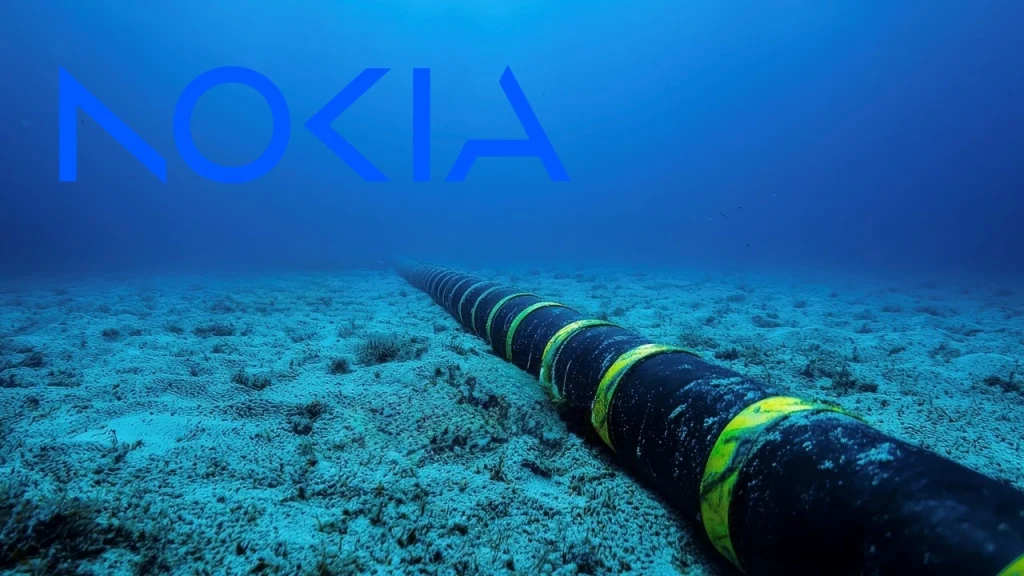- Nokia deploys PSE-6s optical engines and WaveSuite software to power SURGE’s high-capacity network
- The system aims to reduce internet costs and improve reliability for 10 million people in remote areas
What happened: Nokia enables new subsea broadband system in Indonesia
Nokia has completed the deployment of critical technology for the Subsea for Universal Regional Growth and Empowerment (SURGE) project in Indonesia, a 4,700-kilometre subsea fibre-optic network designed to enhance broadband access across under-connected islands. Partnering with PT Infrastruktur Telekomunikasi Indonesia (TelkomInfra) and XL Axiata, Nokia supplied its PSE-6s coherent optics, WaveSuite software and 1830 Photonic Service Switch (PSS) to help establish the network backbone linking major islands including Java, Bali, Kalimantan, Sulawesi and Papua.
According to Nokia’s official announcement, the SURGE network is built to carry up to 28 Tbps per fibre pair, allowing up to 400 Gbps per wavelength. This capacity supports growing digital demand in a region where infrastructure gaps have hindered economic growth and educational access. Nokia’s deployment spans six landing stations and includes real-time network management tools for increased efficiency.
Also read: Nokia drives Medusa cable linking Europe and Africa
Also read: Indosat deploys Nokia AI to cut network emissions
Why it’s important
Indonesia, with more than 17,000 islands and over 275 million people, faces complex connectivity challenges. Broadband penetration remains uneven, especially in eastern regions. The SURGE project aims to address this gap by expanding fibre capacity to areas long dependent on low-speed mobile networks or lacking connectivity altogether.
Nokia’s involvement signals growing interest by global technology firms in Southeast Asian infrastructure projects. By integrating advanced optical technologies, the project can lower per-user bandwidth costs, which is critical for economic participation in regions like Papua. Indonesia’s Ministry of Communication and Information Technology previously committed to closing the digital divide by targeting infrastructure investment in underserved provinces. Projects like SURGE align with that goal and show private-sector willingness to collaborate.
While SURGE marks progress, broadband affordability and local digital literacy remain challenges. As Southeast Asia’s digital economy expands—forecast to reach $330 billion by 2025, according to Google’s e-Conomy SEA report, investments in foundational infrastructure will remain essential. Nokia’s role in SURGE provides a technical model that could be replicated in other developing markets.

